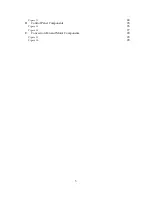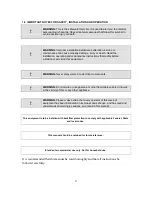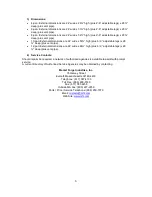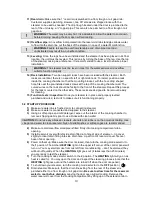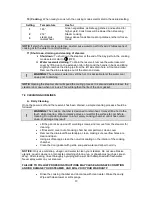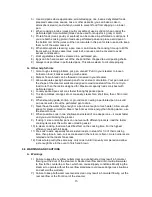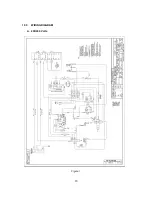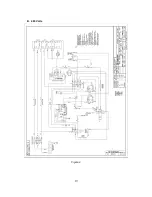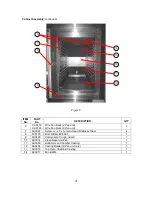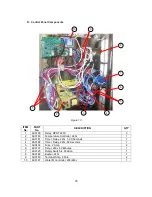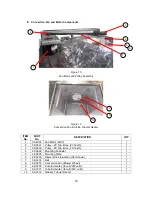
17
3)
A qualified electrician must perform all electrical hookups and meet all local codes.
Installation is the responsibility of the purchaser.
4)
Failure to keep the overflow standpipe and drain clear and unobstructed may result in
an unsafe condition.
5)
The steamer must be level in order for the water sensor and overflow outlet to
function properly.
6)
The reservoir water may still be hot. It is advisable to let the water cool down prior to
draining.
7)
The cooking chamber is designed to retain heat. It may still be hot to the touch when
cleaning. Wear protective gloves, or wait for the surface to cool before cleaning. Do
not add cold water to a hot empty cooking chamber until unit has cooled down or
damage may result.
B. Cautions
1) Do not use utensils, steel wool, or other harsh abrasives to clean your steamer.
Scratching of the non-stick surface and stainless steel casing may occur.
2) Flush incoming water line prior to connecting to steamer. Debris in water lines may
cause solenoid valve to malfunction. If solenoid valve is stuck open water must be
turned off at the source.
3) Do not use any abrasive cleaners, utensils or scrubbers on the non-stick coating –
this will damage the coating. Use vinegar and water to clean reservoir. Nylon bristle
brushes or soft sponges are recommended.
4) Do not manually refill hot, dry reservoir with cold water. Damage to the interior may
result if cold water is added to a hot, dry reservoir.

